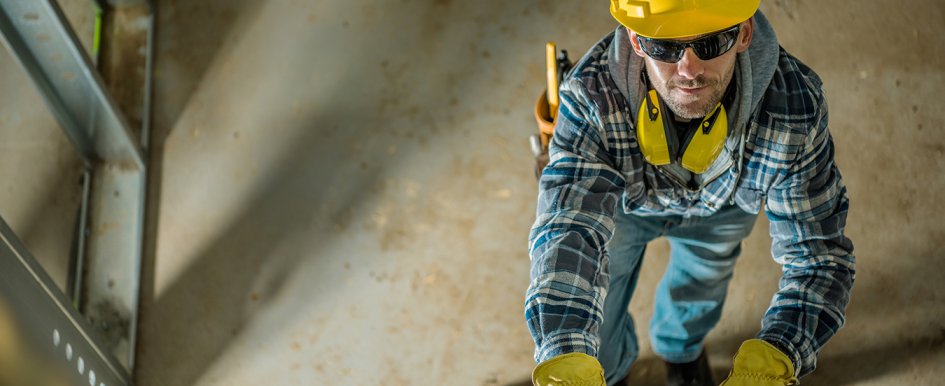
Even though Construction Safety Week is in our rearview, developing safer processes for the jobsite should be something your team continues to focus on throughout the year. While your company likely already has safety rules and processes in place, there's always room for improvement. National general contractor Hoar Construction has identified five common precursors to a safety incident and developed a tool—Pre-Task Safety Analysis (PTSA)—to reduce the frequency of those precursors leading to an incident. What are those precursors, you ask?
- Being in a hurry
- Personnel changes
- A breakdown of communication
- Deviating from a plan
- The improper use or lack of equipment
Bart Wilder is the vice president of safety at Hoar Construction. He is responsible for all safety-related oversight and compliance on projects across the company. Wilder said he works closely with the project teams to make sure Hoar employees are properly trained and equipped to meet the daily safety challenges of a project. He also said he visits jobsites regularly; performs safety inspections; and coaches our project teams on evaluating risks and ways to mitigate those risks. Rob Wylie, CHST, is the assistant director of safety at Hoar Construction.
Find out what Wilder and Wylie had to say about Hoar's PTSA tool and how to implement safer jobsite practices in your company below.
CBO: What are your tips for recognizing and eliminating the five most common precursors to an accident?
If everyone used our PTSA tool, it would eliminate many of the safety issues we see every day. The PTSA helps plan work for the day: to clearly communicate what will be happening that day; to review the task; to discuss the hazards associated with it; and to think about ways to eliminate those hazards. The process is the key.
When people are analyzing how to do something and the risks associated with their work, the work becomes more efficient, more productive and safer.
CBO: How have implementing these changes or processes helped the jobsite teams at Hoar Construction work safer and smarter?
As I mentioned, by focusing on these five areas, we have gotten more efficient, more productive and safer, which means we’re working smarter. Our focus on the five red flags has helped our employees and trade partners better recognize safety issues and prevent injuries by eliminating hazards. We have empowered all our workers to make a change or stop work when they identify a flag.
When a trade partner on a job site sees a guardrail down and walks over and puts it back up, that’s when I know the message is getting through to the entire project team.
CBO: What is one of the biggest or most common safety issues you see on construction jobsites today?
Taking personal ownership for safety. Safety is a shared responsibility, but it begins with each individual worker.
Most workers on a jobsite are going to do the best they can with what they have. As a construction community, we need to verify that we’re giving our workers everything they need and that we have processes in place that help them use the tools at hand to do their best and safest work. That, coupled with personal responsibility, is where we will begin overcoming incidences and injuries.
I want every person on our jobsites and in our offices to know that our success depends on them. They are an integral part of our team, our family and our process. Safety is about relationships, and relationships are personal. So, to be excellent at safety we have to make it personal—to be our brother’s and sister’s keeper.
CBO: How did Hoar Construction recognize Construction Safety Week on its jobsites?
We develop a theme for the week that is central to our effort to work to improve safety, like our five red flags, and then focus the daily safety meetings for the week around our theme.
All jobsites do different things from there—some have demonstrations (like how to wear your safety harness properly); some celebrate with lunch or breakfast; while others create t-shirts for everyone on-site.
This year, we have one team that made red flags for each day and everyone on the project is signing those flags. Last year, one of our superintendents had his wife, an artist, create a piece of artwork to illustrate the safety topic each day. A few years ago, another team created a short video to accompany the safety moment discussed each day of the week.
All of our jobsites also hang up a Safety Pledge, and everyone signs it during Safety Week as a reminder that our main goal is to eliminate the hazards so that everyone can go home to their loved ones at the end of the day.
